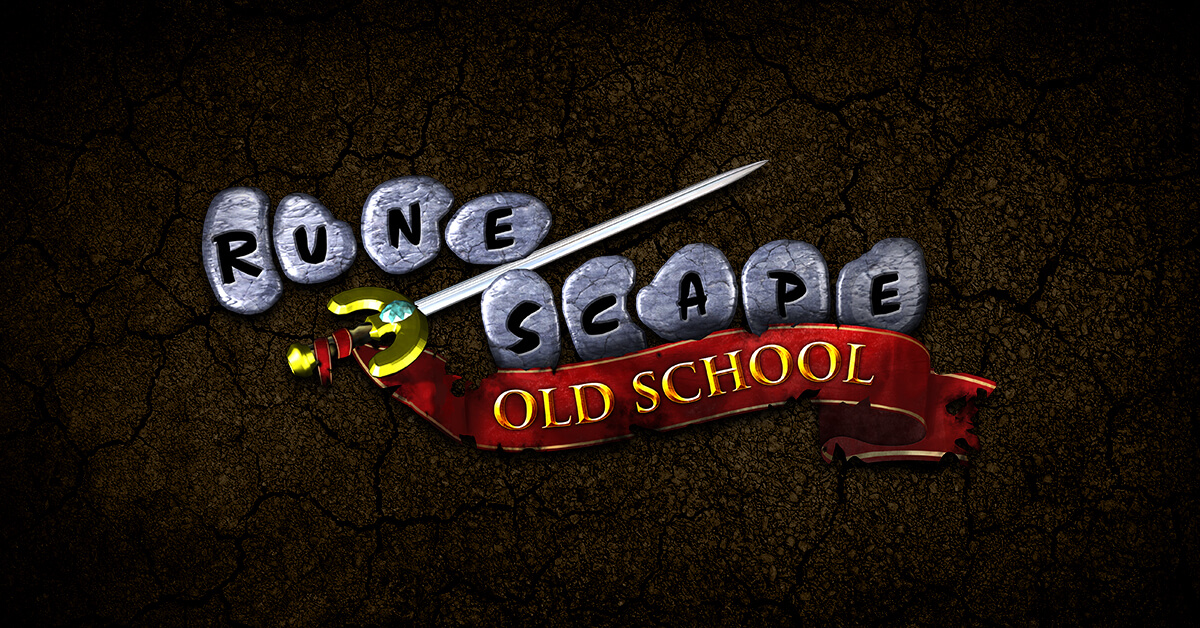Dark Arc
Hiker, software engineer (primarily C++, Java, and Python), Minecraft modder, hunter (of the Hunt Showdown variety), biker, adoptive Akronite, and general doer of assorted things.
- 8 Posts
- 1.56K Comments

 1·21 hours ago
1·21 hours agoYeah, I’m thinking that’s the case … maybe it’s a tweak to their Android text boxes. That seems like something that’s got to be keyboard independent.

 43·1 day ago
43·1 day agoI feel like the amount of ads and/or length is a little excess these days, though.
I do agree but their costs have also skyrocketed because the resolution and frame rate of videos has skyrocketed.
Linus Tech Tips did a video about this … which agree with his conclusions or not, he paints a clear picture about how YouTube is more expensive to run than it used to be https://youtu.be/MDsJJRNXjYI
Google also isn’t in the business of “running things at a loss in hopes of future profit” anymore … so they need YouTube to be profitable. Maybe it’s “too profitable”, maybe they could cut down on the amount of advertising they use … but you’re absolutely right that they do test this stuff and find the threshold between “annoying but profitable” and “annoying but we’re losing users.”
More competition is always good … but Google isn’t stopping competition from showing up, just like Valve isn’t stopping competition from showing up, they’re just providing a better service that creators keep coming back to (because it’s ultimately good for those same creators to get their content out there and monetize it).

 72·1 day ago
72·1 day agoLiterally read about regional pricing and how important it is. It’s incredibly ignorant to be against regional pricing.
The alternative to regional pricing is people just don’t have access at all.

 115·1 day ago
115·1 day agoMore like regional pricing is an attempt to maximise value extraction from consumers
And right there I’m done with your comment. Regional pricing is incredibly important, without it everyone pays the US or EU price and there is no service provided period.
However, you can be assured that they are charging the people they’ve identified as less wealthy (e.g. in a low average income region) more than their marginal cost. Since YouTube is primarily going to be driven by marginal rather than fixed costs (it is very bandwidth and server heavy), and there is no reason to expect users in high-income locations cost YouTube more, it is a safe assumption that the gap between the regional prices is all extra profit.
Even if true, that’s not what this hoopla is about. It’s about someone from say … the US using a VPN to get Kenyan pricing. As another person said “The internet’s most beloved company, Steam, also bans people for abusing the store using VPNs.”
Regional pricing is the only reason people in these countries even stand a chance at access to the service (because ultimately their costs might be a bit lower in these countries but not by much … I would not be surprised if regional pricing is pretty much just above the break even mark). People in other countries abusing those slashed prices threatens the whole system.
This is people in “first world” countries trying to rig the system: https://www.reddit.com/r/youtube/comments/15hz5ys/found_country_that_works_to_get_youtube_premium/
Someone in Uzbekistan for instance would feel as the average US consumer would if a year of YouTube premium was $829.

 3152·2 days ago
3152·2 days agoThis really is not a service issue. This is not a privacy issue.
YouTube as a service is … actually a great service, it pays creators well, it’s fast, it has decades of content, and it has tons of features.
It’s monetized with ads, you either watch those ads or you pay them. Using a VPN to get a lower price on the subscription is not a service issue, that’s abuse of regional pricing, and no company would accept that.

 2·2 days ago
2·2 days agoValve’s Artifact Classic card game. I actually found the basic formula to be really fun.
I think this game died for two reasons:
A) The game was review bombed for its monetization (IMO a lot of this was the non-target audience trying it and leaving a bad review)
B) Valve said following the review bombing that they were going to make major changes. This resulted in a lot of Artifact fans (IMO) leaving the game because … why invested and learn a game that’s going to undergo major changes.
So Valve worked on Artifact Foundry (and never finished it) … before eventually everyone at Valve gave up and released both Artifact Classic and Artifact Foundry for free. The original Artifact Classic is still a great time with a friend and all cards are now totally free so you can build whatever decks you want.
It’s basically a AAA studio card game, with cross platform support, released in complete, for free … because of some poor decision making. Some things may be unbalanced but if you’re playing with friends anyways … just have a friendly agreement to not use the cards that cause problems in your decks. It also could bounce back into active development if it starts to acquire a player base again (because Valve).

 1·3 days ago
1·3 days agos/you/one/ I don’t think it’s really about YOU in particular, just “you” the author or “one that is saying things like this.”
Another example, “Give a Man a Fish, and You Feed Him for a Day. Teach a Man To Fish, and You Feed Him for a Lifetime” isn’t about “you” it’s about the concept of “an individual (that might be the reader).” This phrasing seems to be more agreeable with some people and possibly there’s different tolerances geographically.
I’ve tried to use “one” in place of “you” to remove this ambiguity but it’s at times uncomfortable to type lol

 8·3 days ago
8·3 days agoYou either die a hero or you live long enough to become the villain – DC Comics
(I hope they do find a way to make this “for the best” – maybe reviving Scroll like technology + private advertising + actually checking to make sure advertisers are legitimate so you can pay to turn ads off on lots of websites and the ads aren’t leading to malware – but it’s very concerning in general)

 3·3 days ago
3·3 days agoYikes, thanks for sharing that one!

 10·4 days ago
10·4 days agoMight want to check your sent mail to see what all is in there … Maybe your account got hacked and used to send spam (?)

 32·4 days ago
32·4 days agoYup… It looked like a really bad attempt at photo realism in 2024. At this point you either need to use cartoon-like graphics or some sort or actually pull off the photo realism.
It was pretty obvious that game was never going to reach either of those marks.
I was definitely excited for the prospect of a Sim’s competitor, but this wasn’t going to be it… I think they did the right thing pulling the plug.

 2·5 days ago
2·5 days agoHaven’t used it first hand, but I think it’s more promising.

 111·5 days ago
111·5 days agoThis is “hack” like the kid that guessed your grandma’s Facebook password is “ilovecats1953”, “hacked” Facebook.

 421·5 days ago
421·5 days agoHot take: GitLab is sluggish, buggy, crap. It is the “Mega Blocks” of source control management.
If you have source files that are more than a few hundred lines and you try to load them on the web interface, forget about it.
They can’t even implement 2FA in such a way that it isn’t a huge pain to interact with. There’s been an open issue for over 7 years now to implement 2FA like it is everywhere else, where you can be signed in to more than one device at a time if you have 2FA enabled (https://gitlab.com/gitlab-org/gitlab/-/issues/16656).
Not to mention this was not a GitHub failure, this was a failure by the NYTimes to secure their developer’s credentials. This “just in house/self host everything and magically get security” mentality that’s so prevalent on Lemmy is also just wrong. Self hosting is not a security thing, especially when you’re as large of a target as NYTimes. That one little misconfiguration in your self hosted GitLab instance … the critical patch that’s still sitting in your queue … that might be the difference between a breach like this and protecting your data.

 5·6 days ago
5·6 days agoI’m surprised, I was pretty sure anything with Battleye flat out rejected virtualization.
I thought Destiny used Battleye but I must be mistaken on one of these points.

 11·6 days ago
11·6 days agoThere’s nothing to suggest they haven’t been able to spare the resources or hire more component people.
Hiring more people to work on new products is often a better route than hiring more people to work on the same product as well because there are fewer toes being stepped on.

 2·6 days ago
2·6 days agoMy biggest frustration with the remaster is they didn’t touch up the hotboxes… Which maybe some people are fine with but I’ve had a lot of “crashes” where the cars were close but not actually touching.

 1·6 days ago
1·6 days agoMan I remember cutting myself on some of those toy and electronics boxes growing up … All for a ban here













Seems they’re discontinued?